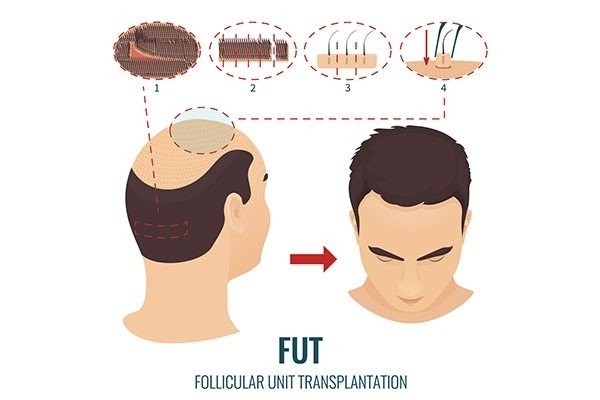How do I cure my androgenetic alopecia?

Dermatosurgeon
Answered on 17th Jan '24
This is a genetic disease called androgenetic alopecia, which many people refer to as male or female pattern baldness with no absolute cure. Various treatments can help control the progression. Hair growth can be promoted and hair loss slowed down with the help of an over-the-counter medication called topical minoxidil. Orally administered prescribed medications like Finasteride can be used to suppress the effects of hormones that lead to hair loss. PRP treatment is showing promising results currently as solutions for encouraging growth of hair follicles. A visit to a dermatologist or hair specialist is necessary for an accurate diagnosis and recommendation of the most suitable treatment plan based on your condition and individual needs.

Hair Transplant Surgeon
Answered on 16th Mar '22
Androgenic alopecia is a genetic problem that is triggered by epigenetic influences.
High quality, ultrarefined fue hair transplant surgery is the treatment of choice in case there is significant thinning/baldness.
In Hair transplant, one has to remember a few things-
1. Hair transplant is an ART. A natural result is very important. We take care of that by ensuring absolutely natural angles and directions of the transplanted grafts.
2. Equally important is density (how many grafts are transplanted per square centimetre). In 25 years of my experience, I have found that no one is satisfied by a low density hair transplant.
A great hair transplant, therefore, is one where the patient puts forward his choice of hairline design, on the one hand, and the doctor gives a natural look as well as the best possible density using all the available grafts from the patient's scalp, beard and body donor areas.
For the remaining areas, where the patient is noticing early hairfall or diffuse thinning, it's important to improve the epigenome of the patient.
Epigenome can be best described as the inner environment of the body, especially, around our genes. Epigenome is affected by a wide variety of things including diet, exercise, stress, illness, pollution etc. A stressed/flawed epigenome is why we find :
1. People losing hair 10 years before their previous generations.
2. Hairfall is preceded by an adverse event like an illness or change of diet, water or location.
Till recent times, doctors did not use to pay attention to these factors, taking them to be incidental in a disease largely governed by our genes.
However, correcting these epigenetic anomalies goes a long way in reducing or even reversing hairfall.
Epigenetic measures are more personalised according to patient history and involves feeding the hair follicle roots/stem cells by a microneedling based, home-use approach.
More details are available on request.
(Please note that we don't advocate medicines with questionable effects and serious side effects like finasteride.)
Related Blogs

Toronto Hair Transplants: Unlock Your Best Look Yet
Unlock premier hair transplant services in Toronto. Explore skilled surgeons, state-of-the-art techniques, and personalized solutions for restoring natural hair growth and confidence.

What is PRP Hair Treatment? Unveiling your Hair Growth
Know more about FUT hair transplant procedure, side effects, advantages & results. Hair strip is harvested from back of scalp for transplantation, giving natural look.

UK Hair Transplants: Transform Your Look with Expert Care
Best FUE hair transplant clinic in UK. Book free consultation with Top hair transplant surgeons in UK. Also, get info about hair transplant cost UK.

Dr. Viral Desai DHI Reviews: Expert Insights & Feedback
Sick of hair fall? Want to know about the Dr.Viral Desai Reviews and his latest DHI treatment? Find the best DHI treatment process for the hair transplant.

Dr. Viral Desai Reviews: Trusted Insights & Feedback
Dr. Viral Desai Reviews from famous Celebrities, Indian cricketers and top business man for the DHI technique used by him for hair transplant.